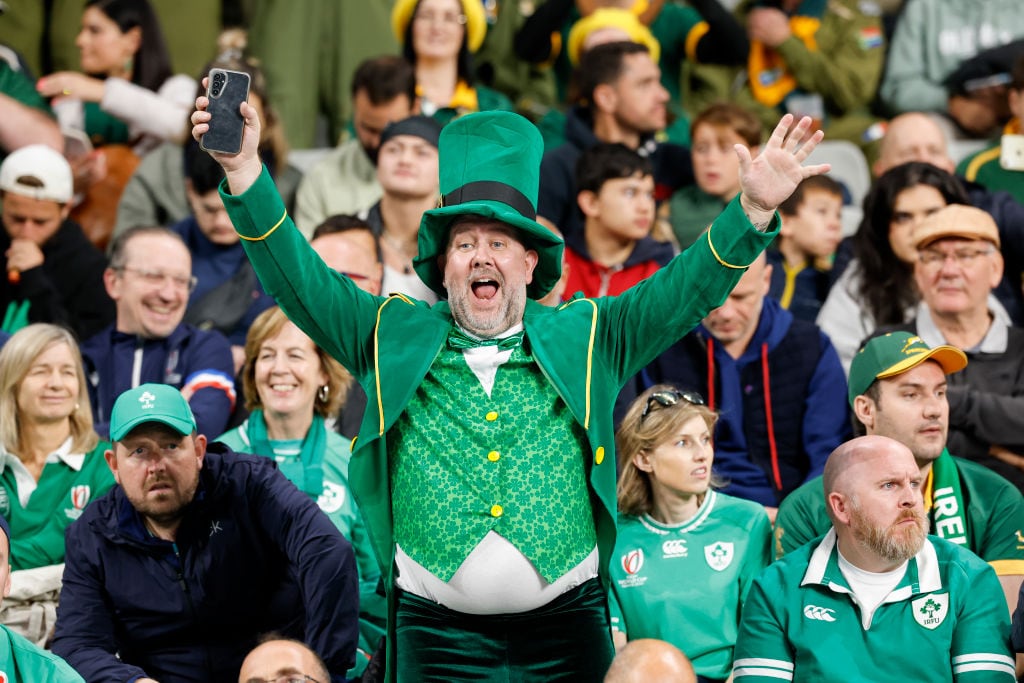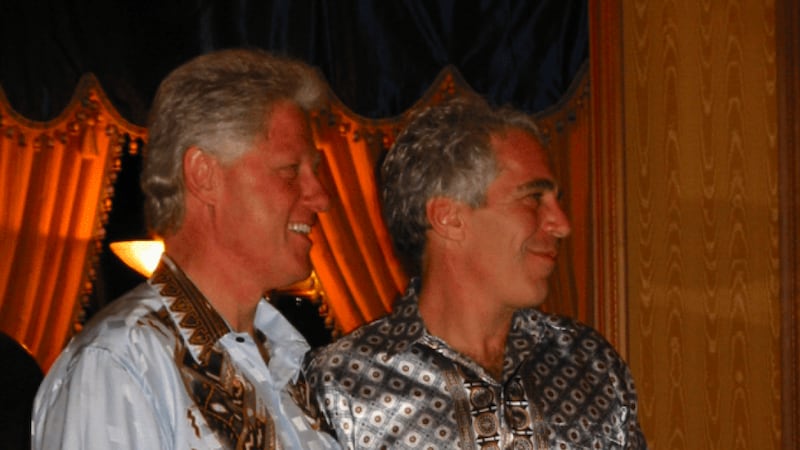The rise of the Cranberries’ Zombie as a crowd song, first at Limerick GAA games and more recently in Irish rugby, has provoked an anguished letter from East Galway.
Most commentary on the phenomenon to date focuses on its role as a corrective to the fashion among young people and those with short memories for singing “Ooh Ah, Up the ‘Ra”.
But for Dominic Monaghan from Athenry, Zombie’s growing dominance in Irish sport represents a kind of Limerick imperialism, which poses an existentialist threat to his home town.
“Dear Frankie,” he writes. “I wish to bring to your attention a movement in sporting circles determined to replace the ‘Fields of Athenry’ at major events, both here and abroad, in favour of ‘Dreams’ and ‘Zombie’.
Frank McNally on 19th century engineering project that linked Tipperary with ‘civilisation’
A Passage to Innocence – Frank McNally on an anthology of old school routes remembered
Craicing the Case – Frank McNally on the origins of a cultural and linguistic phenomenon
Frank McNally on a grand stretch in the evenings, a new Dublin restaurant and ‘Gloomsday’
“This can’t be allowed to happen! Athenry depends on this song for its existence as a major historical tourist attraction. The juggernaut that is Limerick hurling must no longer be allowed to ‘Linger’ on [I see what he did there, although a lingering juggernaut can hardly be considered a threat, except perhaps by parking wardens].
His letter concludes: “How did this come to pass? I am very upset! Can you write something?”
We’ll come back to that shortly. But first, in what turns out to be a pleasing coincidence, I also received a letter recently – on a different sports theme – from Corkman Michael Gavin.
He was responding to a column about New Ross, in which I joked that the Wexford town was a nightmare for Arsenal football fans, because – thanks a family who used to own most of it – the surname “Tottenham” is etched in stone there everywhere you look.
But as Michael points out, New Ross has another, and perhaps more real, link to English football, in having given the name “Anfield” to a Liverpool suburb and its famously eponymous stadium.
So at least it was claimed in a series of newspaper articles a few years back, reporting research at the Waterford Institute of Technology into a cache of 150-year-old documents that had recently turned up in a shed in Carlow.
The link was another prominent New Ross family, by the name of Graves, whose home was in the local townland of Annefield.
One of the family, Samuel (1818–1873) later moved to Liverpool, ran a shipping company there, bought land he called Annefield Farm, and became both Lord Mayor (the first Irish mayor of an English city) and an MP.
According to a 2014 article in the New Ross Standard, it was as mayor in 1860-61 that he proposed “to develop grounds on the outskirts of the city which would become the home of Liverpool Football Club”.
He also “sanctioned a proposal to build a roadway up to the new grounds and named it Annefield Lane”.
Mind you, both club and stadium were still some years away then. And a possible problem with the New Ross theory is that variations of the name Anfield existed in Liverpool long before Graves arrived.
There was a “Hongfield” in 1642, it seems, and an “Annfield” in 1786, both said to describe “a field on a slope” and deriving from the Middle English “hange” and Old English “feld”.
But then perhaps it was the happy coincidence of Ann(e)fields in his old and new homes that inspired Graves, which would still justify New Ross’s claims to a share in the stadium’s name origins.
In that case, we may also be allowed to consider the Liverpool v Tottenham rivalry (the most recent part of which is now the course of great controversy) as a sort-of New Ross derby.
Anyway, to get back to Dominic Mahon’s worries about the future of the Fields of Athenry, I’m not sure if the same Liverpool FC and its supporters are a source of reassurance or added concern.
On the plus side, they too sing the song during games and are unlikely to drop it for Zombie anytime soon. On the minus, they use subtly different lyrics, with no mention of Athenry, or indeed of the Great Famine.
The tragic element in “The Fields of Anfield Road”' is instead supplied by a verse about the 1989 Hillsborough Tragedy. And the original ballad’s nostalgia for lost love is replaced by misty-eyed memories of a flying winger from Dublin who was part of the club’s great 1970s team.
Hence the chorus, which can draw tears from ageing football romantics: “[With] Stevie Heighway on the wing/We had dreams and songs to sing/Of the glory round the fields of Anfield Road.”














